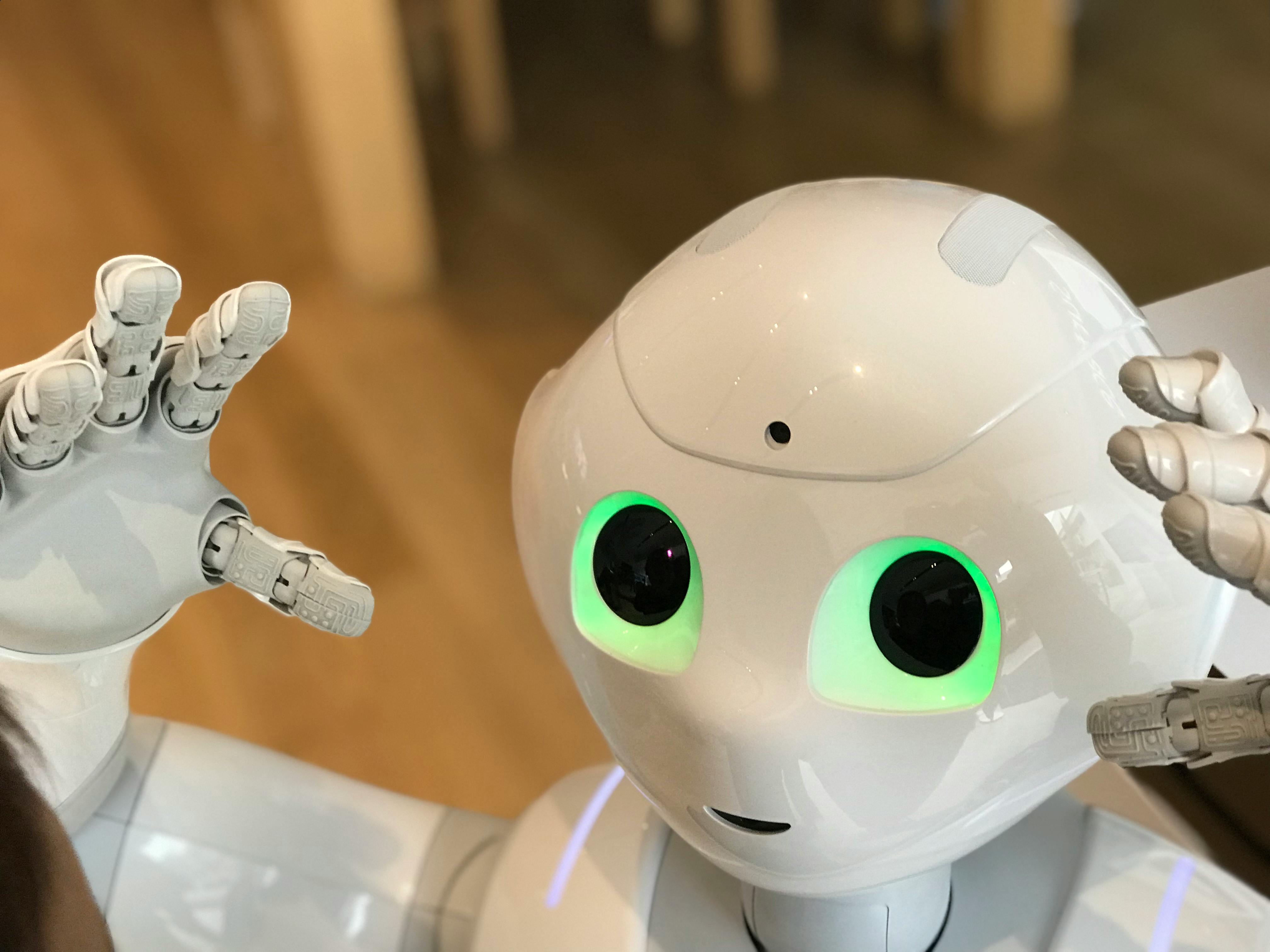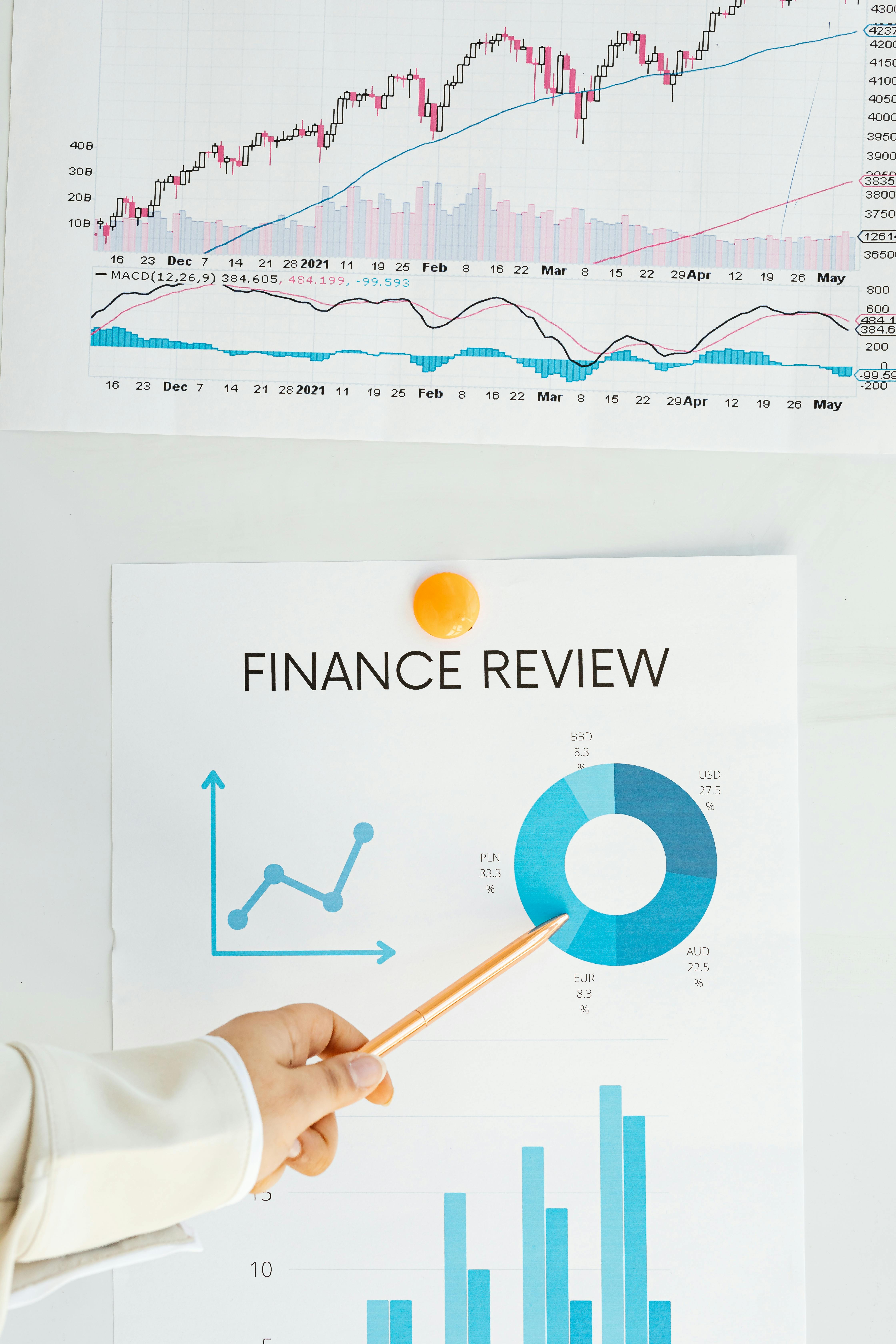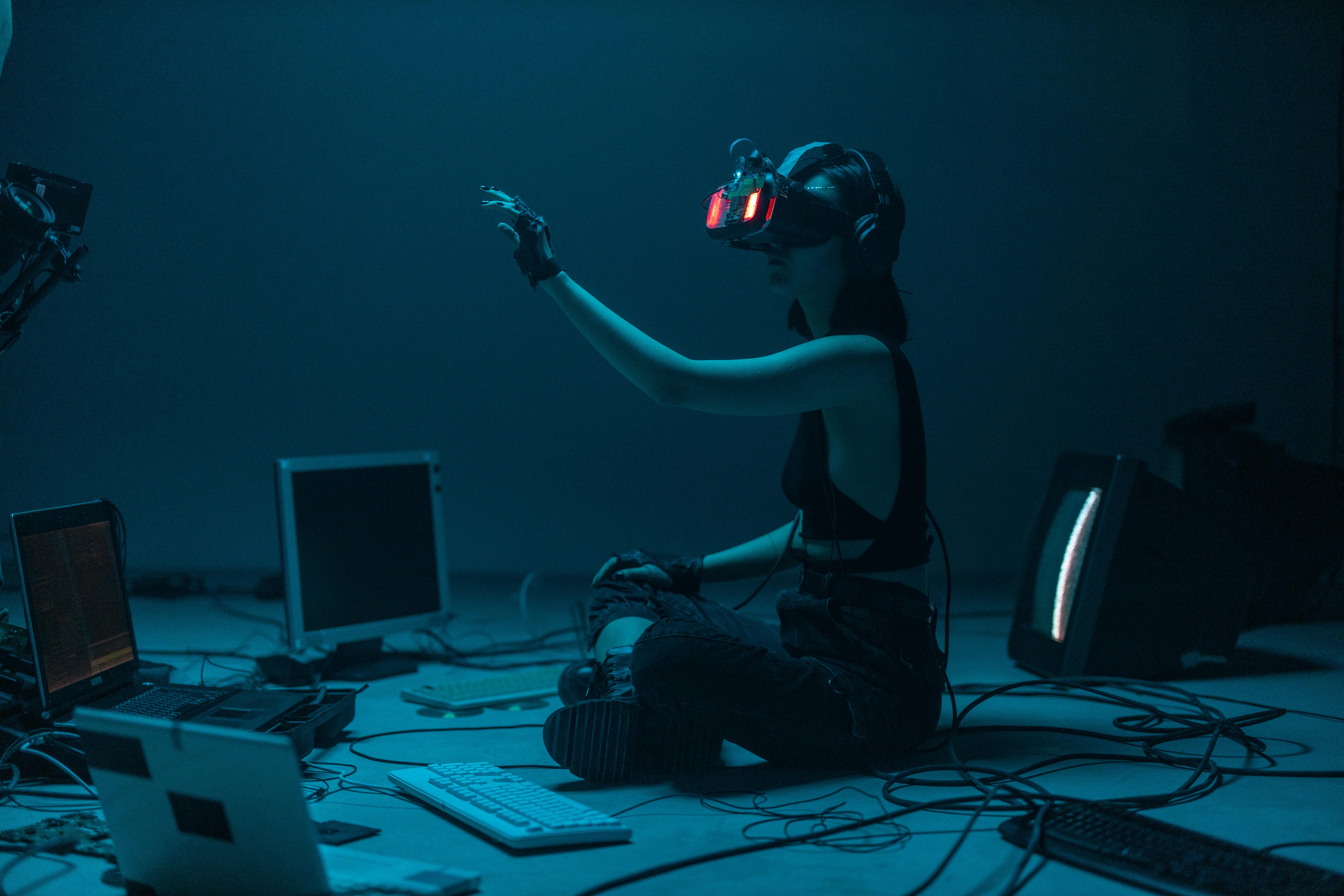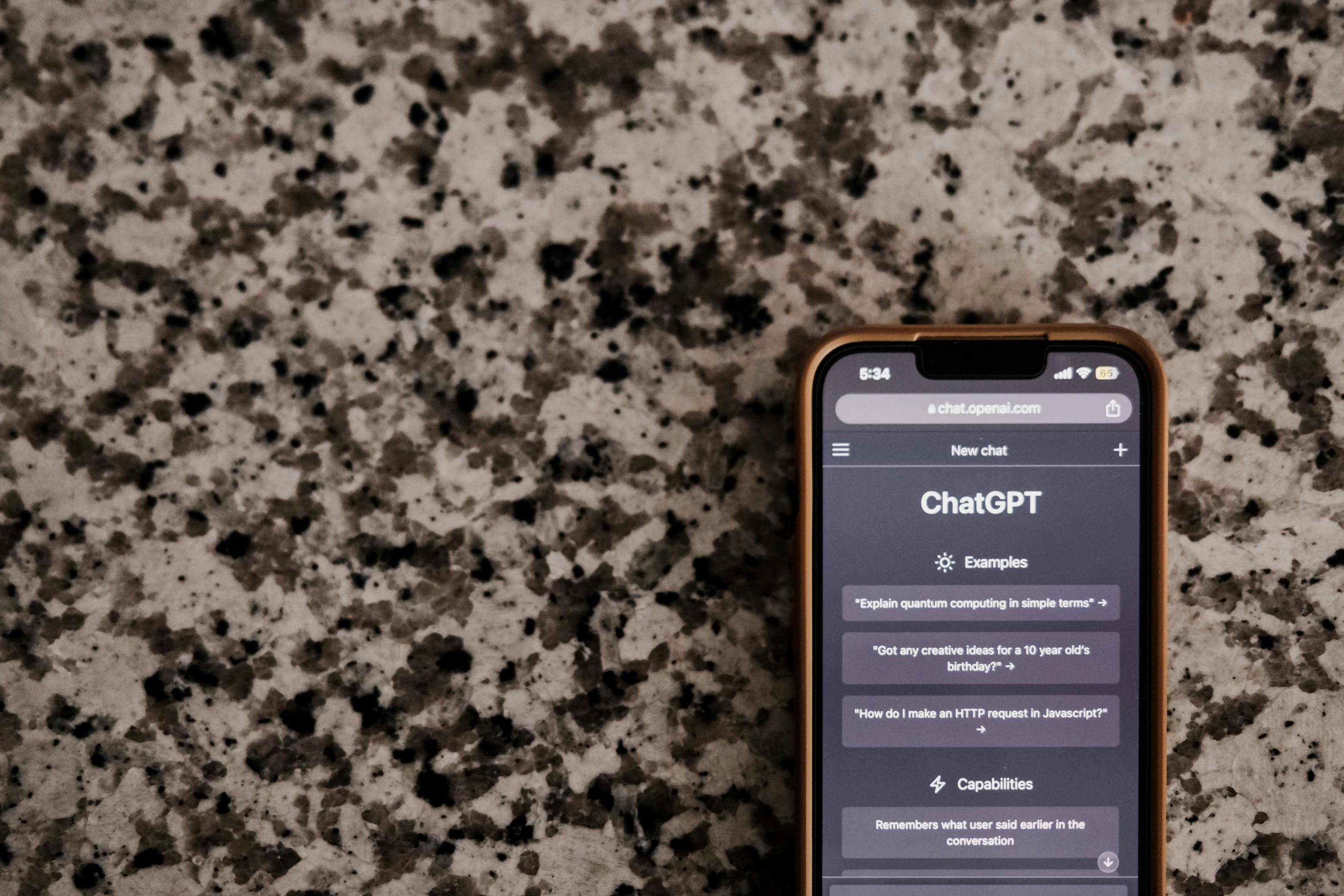Revolutionizing Oncology: How Paige and Microsoft AI Transform Cancer Detection

The realm of medical science is continuously evolving and adopting new technologies to revolutionize health care. One of the most impactful developments of recent times is the advent of artificial intelligence (AI) in cancer diagnosis. Two distinguished entities in the tech world, Paige and Microsoft, have teamed up to establish a groundbreaking AI model that holds high promises for transforming cancer detection.
The Heart of the Matter: The Problem with Traditional Cancer Diagnosis
Traditionally, cancer diagnosis has always relied heavily on human expertise, wherein pathologists play an indispensable role. They review biopsy tissue slides under microscopes, meticulous work that requires undivided concentration and absolute precision. However, the task is not only labor-intensive but also prone to human error. Besides, with mounting cancer cases worldwide, the existing pool of pathologists is under great stress to deliver speedy and accurate diagnoses.
Introduction of AI in Cancer Detection: A New Hope
Against this backdrop, the advent of AI-based pathology is a welcome move. Paige, an AI-based health-tech firm, and Microsoft have joined forces to develop an advanced AI model. This paradigm-shifting technology aims to assist pathologists in detecting cancer swiftly and accurately. This unique model is trained using diverse datasets comprising thousands of digitized slides to identify patterns that could imply the existence of cancer. The model enhances the level of precision in diagnoses, thereby reducing the likelihood of errors.
The Venture of Paige and Microsoft: A Game-changer in AI Pathology
Paige and Microsoft's venture holds a great promise to revolutionize cancer diagnosis. The AI model developed by them leverages Microsoft Azure's machine learning workbench capabilities, displaying an impressive accuracy in identifying prostate cancer. Such evident breakthroughs underscore the potential AI holds in augmenting diagnosis and cancer care. It's worth noting that the model doesn't strive to replace pathologists. Instead, it aspires to work alongside the experts, providing valuable inputs and decreasing their workload.
Benefits of AI in Cancer Detection: The Future of Pathology
The role of AI in cancer diagnosis is not just limited to speed and accuracy; it also holds the potential to significantly reduce healthcare costs. Since the model offers précised readouts, there is a reduced need for redundant tests. This positively impacts the overall healthcare expenditure, making treatment more affordable for patients. Additionally, with AI taking on the onus of review and detection, pathologists have more time for complex cases, strategic tasks, and innovative research.
Conclusion: Making Strides toward Better Cancer Care
The efforts of Paige and Microsoft in harnessing the power of AI for cancer detection mark a milestone in medical science. It is expected to promote quicker diagnosis, offer greater accuracy, lower healthcare costs, and free up doctors' valuable time. As we look forward to more advances in this domain, the current innovations by Paige and Microsoft are pioneering the transformation in cancer care, making it more efficient and accessible. In a genuine sense, the integration of AI in cancer detection is all set to revolutionize the future of pathology and, by extension, healthcare.



